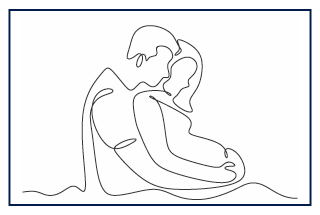Cesarean Sections

New Jersey continues to make strides in improving the state’s historically high C-section rates, although more work remains to reduce unnecessary C-sections. In 2019, the national target for surgical/Cesarean birth rates by hospital among women considered at low risk for birth complications was 24.7 per 100 live births, and New Jersey’s rate was above that target at 26.7 per 100 live births. Ongoing priority areas include:
Racial disparities in outcomes
According to NJHA data, all patient groups regardless of race or ethnicity have experienced reductions in C-section rates. However, the data show that White women are experiencing improvements at a faster pace than Black, Hispanic and Asian mothers.
NTSV C-sections
NTSVs (Nulliparous, Term, Singleton, Vertex) are first-time, low-risk pregnancies with a single fetus in the proper position. We know that approximately 90 percent of women who have a C-section for their first delivery are likely to deliver by C-section again with any subsequent pregnancies.
Patient engagement
NJHA’s efforts include information and resources to engage and empower mothers in their birth plans and help them understand the risks associated with unnecessary C-sections, as well as when a C-section is medically indicated.
Pre-natal and perinatal care
Because reduction of C-sections is multifaceted and quality improvement efforts need to span the entire pregnancy, it’s also important to focus on what happens before and after the birth of the child, including access to prenatal care and timely postnatal care.
Other Resources:
American College of Obstetricians and Gynecologists – Opinions, News, and FAQs on Cesarean Sections »
American College of Obstetricians and Gynecologists – Opinions, Bulletins, and Advisories on Postpartum Hemorrhage »
American Academy of Family Physicians – Postpartum Hemorrhage: Prevention and Treatment »
March of Dimes Warning Signs of Health Problems After Birth »
March of Dimes Postpartum Hemorrhage »